Description
“The Complete Human Body” is often a reference to a comprehensive guide that explores the human body in great detail. There are many books, documentaries, and resources with this title or similar titles, but they all generally aim to provide an in-depth look at human anatomy, physiology, and the various systems that work together to keep us alive and functioning.
These resources typically include:
### 1. **Human Anatomy:**
– **Skeletal System:** The bones of the body, their structure, and function.
– **Muscular System:** The muscles and how they allow movement, including both voluntary and involuntary muscles.
– **Nervous System:** The brain, spinal cord, and nerves, and how they coordinate responses to stimuli.
– **Circulatory System:** The heart, blood vessels, and blood, including how oxygen and nutrients are transported throughout the body.
– **Respiratory System:** The lungs, diaphragm, and airways involved in the intake of oxygen and expulsion of carbon dioxide.
– **Digestive System:** The organs involved in processing food, absorbing nutrients, and eliminating waste.
– **Excretory System:** The kidneys, bladder, and other structures involved in removing waste from the body.
– **Endocrine System:** Glands like the thyroid and pancreas that secrete hormones to regulate body functions.
– **Reproductive System:** Organs involved in reproduction and sexual function.
### 2. **Human Physiology:**
– How each system functions both independently and in coordination with other systems.
– The biochemical processes like metabolism, cellular respiration, and hormone signaling.
– How the body maintains homeostasis, such as regulating temperature, blood pressure, and pH balance.
### 3. **Development and Aging:**
– The stages of human development from conception through childhood, adolescence, adulthood, and aging.
– The biological and physiological changes that occur at each life stage.
### 4. **Health and Disease:**
– The impact of disease on the human body, including common illnesses, genetic disorders, and chronic conditions.
– How lifestyle choices, diet, exercise, and environment influence health.
### 5. **Human Sensory Systems:**
– The five senses (sight, hearing, taste, touch, and smell) and how the brain processes sensory information.
### 6. **Cutting-Edge Medical Insights:**
– Advances in genetics, biotechnology, and medicine that offer new ways of understanding the human body.
– The role of stem cells, personalized medicine, and regenerative therapies in modern healthcare.
### Visual Aids:
In books like *The Complete Human Body*, illustrations, 3D diagrams, and photos often accompany the text to help readers visualize the structures and systems described. Some resources even include digital interactive elements, allowing users to explore the body in three dimensions.

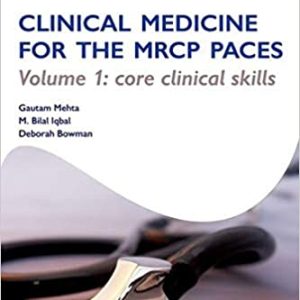
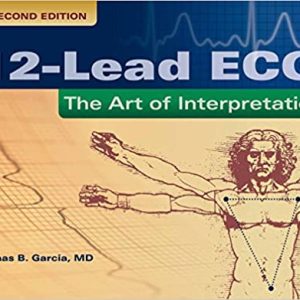
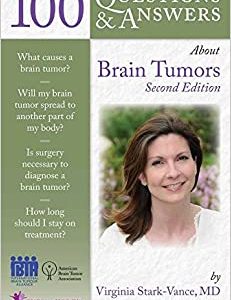
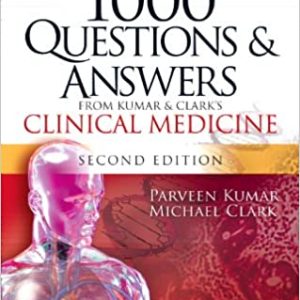
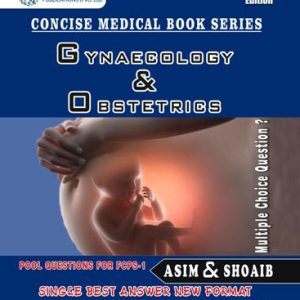
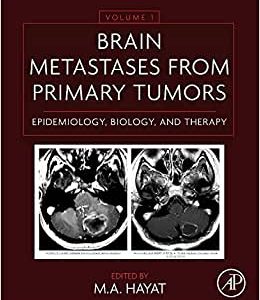
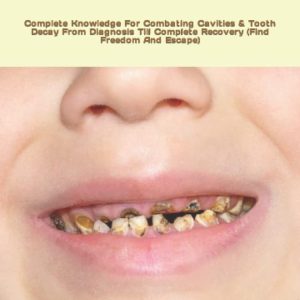

Reviews
There are no reviews yet.